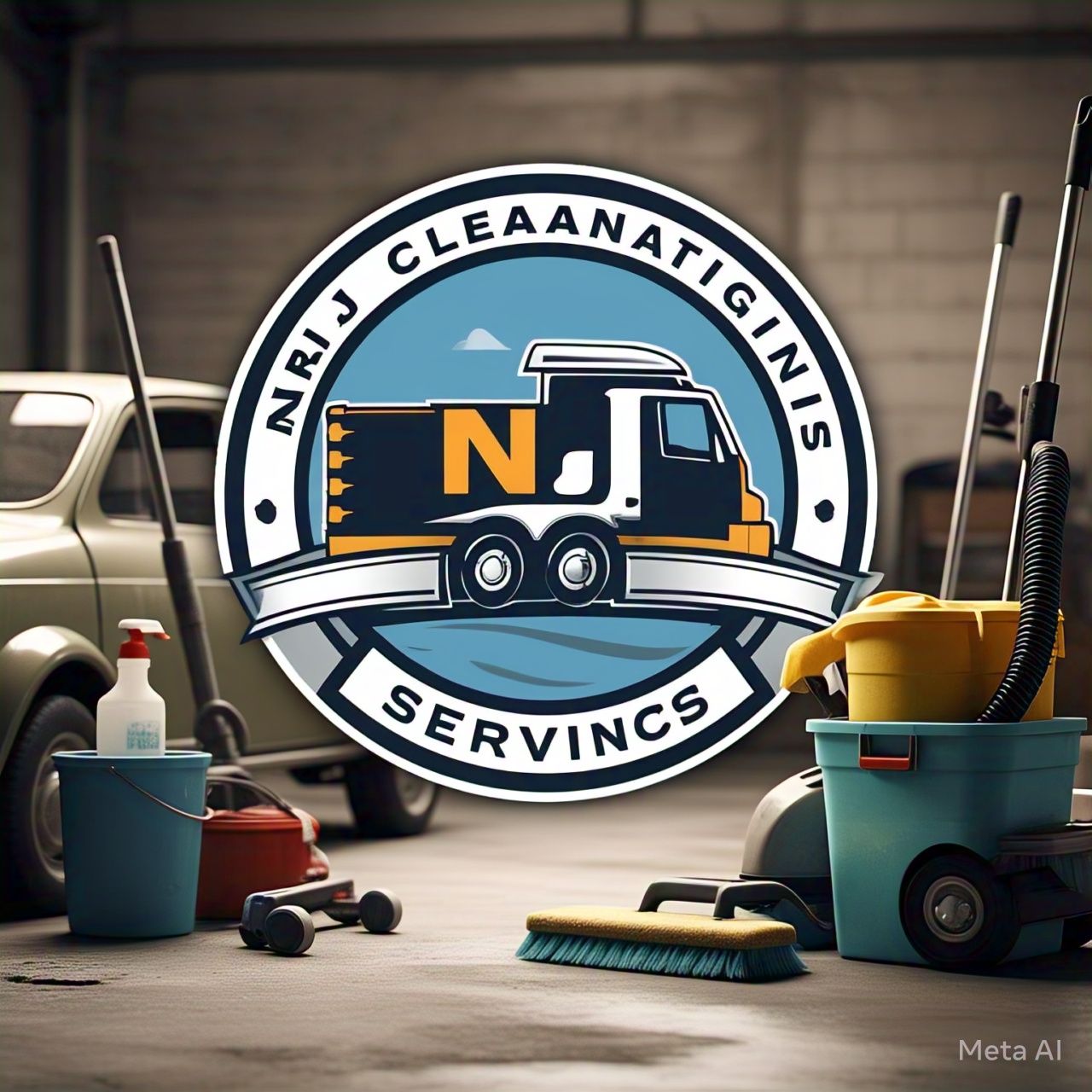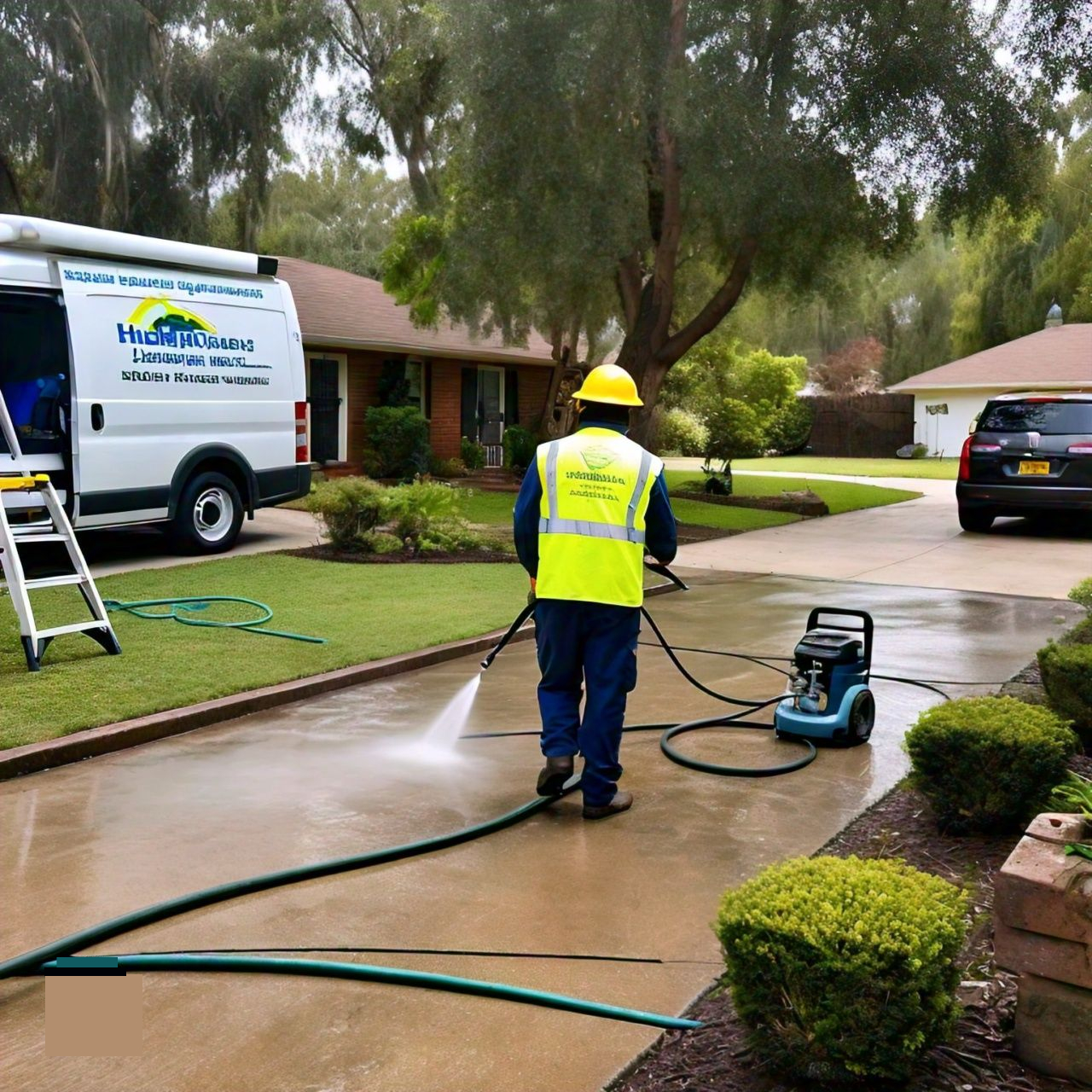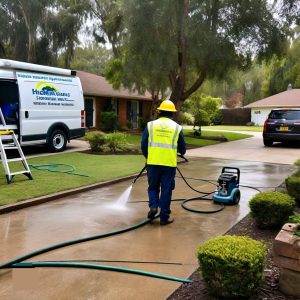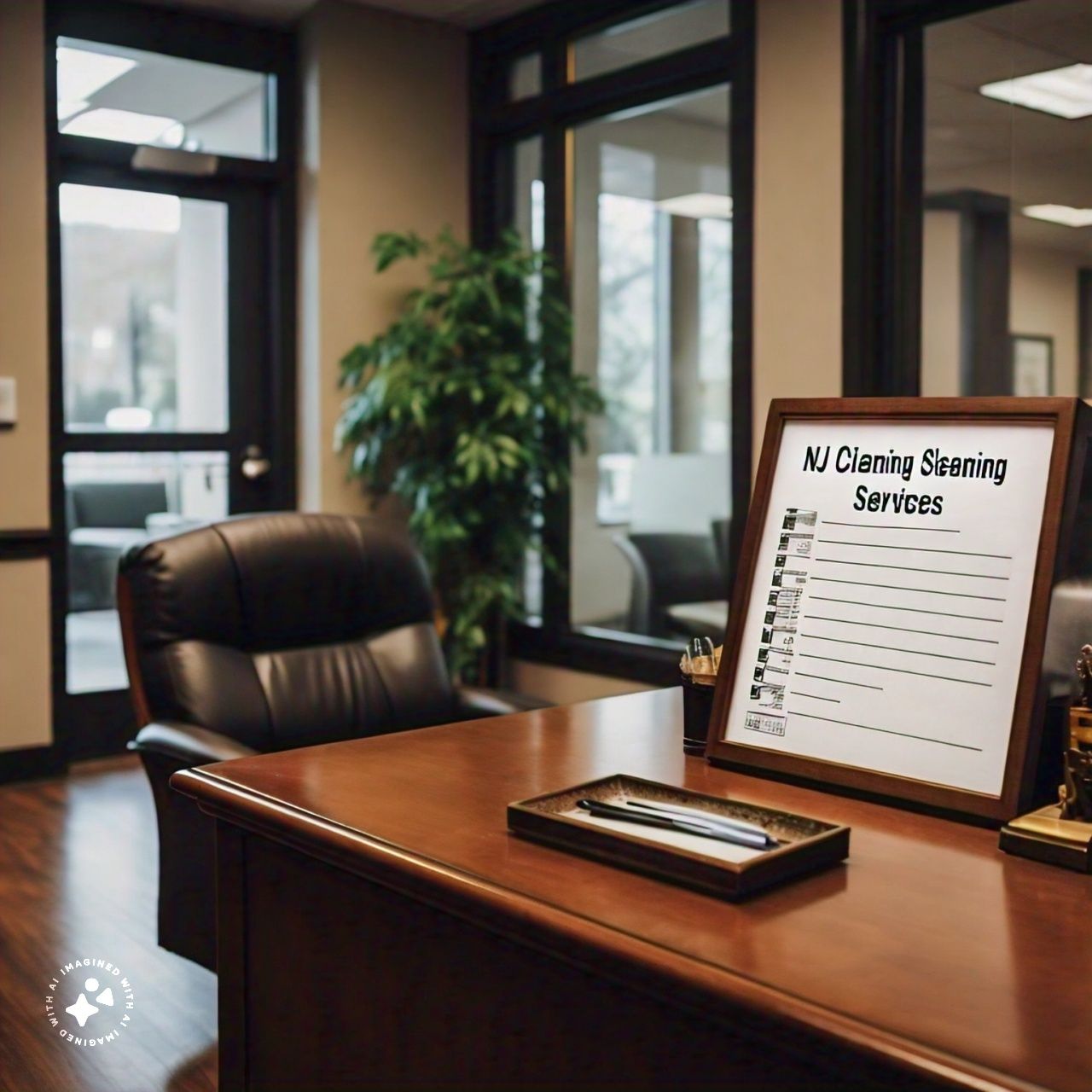Time-Saving Cleaning Hacks for Busy Homeowners: Tips and Tricks
Time-Saving Cleaning Hacks for Busy Homeowners: Tips and Tricks
 Are you tired of spending hours cleaning your home, only to feel like it’s still not sparkling clean? As a busy homeowner, it can be challenging to balance work, family, and social responsibilities with keeping your home tidy. But fear not! We’ve got some time-saving cleaning hacks to share with you that will make cleaning a breeze, even on the busiest of days.
Are you tired of spending hours cleaning your home, only to feel like it’s still not sparkling clean? As a busy homeowner, it can be challenging to balance work, family, and social responsibilities with keeping your home tidy. But fear not! We’ve got some time-saving cleaning hacks to share with you that will make cleaning a breeze, even on the busiest of days.
Hack #1: Create a Cleaning Schedule
Before we dive into the nitty-gritty of cleaning hacks, it’s essential to create a cleaning schedule that works for you. Set aside specific days and times for cleaning, and stick to it. This will help you stay on track and ensure that your home is always tidy.
Hack #2: Declutter Before Cleaning
Decluttering is an essential step in the cleaning process. It’s much easier to clean a clutter-free space than one that’s filled with clutter. Take a few minutes each day to pick up clutter, put away dishes, and tidy up living areas.
Hack #3: Use Multi-Purpose Cleaning Products
Using multi-purpose cleaning products can save you time and money. Instead of buying separate cleaning products for each room or surface, opt for a multi-purpose cleaner that can be used on a variety of surfaces.
Hack #4: Clean from Top to Bottom
When cleaning a room, start from the top and work your way down. This means dusting ceiling fans, then moving on to walls, furniture, and finally, floors. This hack helps prevent dirt and dust from spreading to clean areas.
Hack #5: Use Microfiber Cloths
Microfiber cloths are a game-changer when it comes to cleaning. They’re absorbent, lint-free, and can be used with or without cleaning products. Use them to dust surfaces, clean mirrors and windows, and wipe down countertops.
Hack #6: Clean in Zones
Divide your home into zones, such as the kitchen, living room, and bedrooms. Clean one zone at a time to help you stay focused and avoid feeling overwhelmed.
Hack #7: Use a ‘One-Touch’ Rule
When cleaning, try to put things away in their designated place as soon as you’re done using them. This is called the “one-touch” rule. It saves time in the long run by preventing clutter from building up.
Hack #8: Use a Caddy to Carry Cleaning Supplies
A caddy or bucket with wheels can be a lifesaver when it comes to cleaning. Fill it with all the cleaning supplies you need, and wheel it from room to room. This hack saves time and energy by reducing the number of trips you need to make.
Hack #9: Use Music or Podcasts to Make Cleaning More Enjoyable
Listening to music or podcasts can make cleaning more enjoyable and boost your productivity. Create a playlist or listen to your favorite podcast while you clean to make the task more enjoyable.
Hack #10: Take Breaks and Practice Self-Care
Finally, don’t forget to take breaks and practice self-care. Cleaning can be physically and mentally exhausting, so be sure to take breaks to rest and recharge.
There you have it – 10 time-saving cleaning hacks to help busy homeowners keep their homes tidy and clean. By implementing these hacks into your cleaning routine, you’ll be able to save time, reduce stress, and enjoy a cleaner, healthier home.
Additional Tips:
– Use a robot vacuum to keep floors clean between manual vacuuming sessions.
– Use a central vacuum system to make cleaning easier and more efficient.
– Use a steam cleaner to sanitize surfaces and kill bacteria.
– Use a label maker to label cleaning supplies and storage containers.
– Use a timer to keep yourself on track and focused while cleaning.
Conclusion:
Cleaning doesn’t have to be a daunting task. By implementing these time-saving cleaning hacks into your routine, you’ll be able to keep your home tidy and clean, even on the busiest of days. Remember to take breaks, practice self-care, and enjoy the satisfaction of a job well done!





